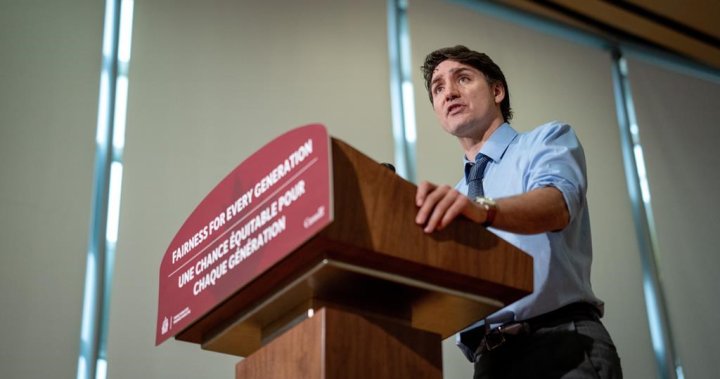Prime Minister Justin Trudeau has announced the government’s intention to reduce the number of temporary immigrants coming to Canada, citing a need to bring the situation “under control.” He highlighted the significant increase in temporary immigrants in recent years, with 7.5% of Canada’s population now comprised of temporary immigrants, up from 2% in 2017. Trudeau expressed concerns about the impact of this increase on mental health challenges for international students and the reliance of businesses on temporary foreign workers, which has led to wage decreases in some sectors.
Immigration Minister Marc Miller has stated that Ottawa will set targets for temporary residents allowed into Canada in order to promote sustainable growth in the number of temporary residents entering the nation. The goal over the next three years is to reduce the amount of temporary residents to five percent of Canada’s population. In contrast, Canada aims to increase permanent residents to 485,000 in 2024, with plans to potentially reach 500,000 in 2025 and 2026. The government’s latest immigration plan update seeks to recalibrate the number of temporary admissions to ensure the system is sustainable. In January, Miller also announced a cap on student visa admissions to Canada, with a 35% decrease from 2023.
Trudeau emphasized the importance of a responsible approach to immigration that focuses on both permanent residents and temporary immigration. He stressed the need to address the pressure that temporary immigrants have placed on communities and the labor market. By reducing the number of temporary immigrants, the government aims to alleviate these challenges and create a more sustainable immigration system for the future. This shift in focus may have implications for various sectors of the economy and for individuals seeking to study or work in Canada on a temporary basis.
The government’s plan to lower the number of temporary immigrants could have wide-ranging effects on international students, businesses, and the overall Canadian population. As the government works to strike a balance between permanent and temporary residents, it will be essential to consider the social, economic, and cultural impacts of these changes. By setting targets for temporary residents and implementing caps on student visas, the government aims to create a system that is more manageable and sustainable in the long term. It remains to be seen how these changes will be implemented and how they will impact various stakeholders in the immigration system.
Overall, the government’s decision to reduce the number of temporary immigrants reflects a broader effort to manage immigration levels and ensure the system remains sustainable. By focusing on permanent residents and reevaluating the number of temporary admissions, the government seeks to address the challenges posed by the current immigration trends. These changes may lead to adjustments in the labor market, educational sector, and social fabric of Canadian communities. As the government moves forward with its immigration plan, it will be crucial to monitor the impacts of these changes and adapt policies accordingly to meet the evolving needs of Canada’s population and economy.


